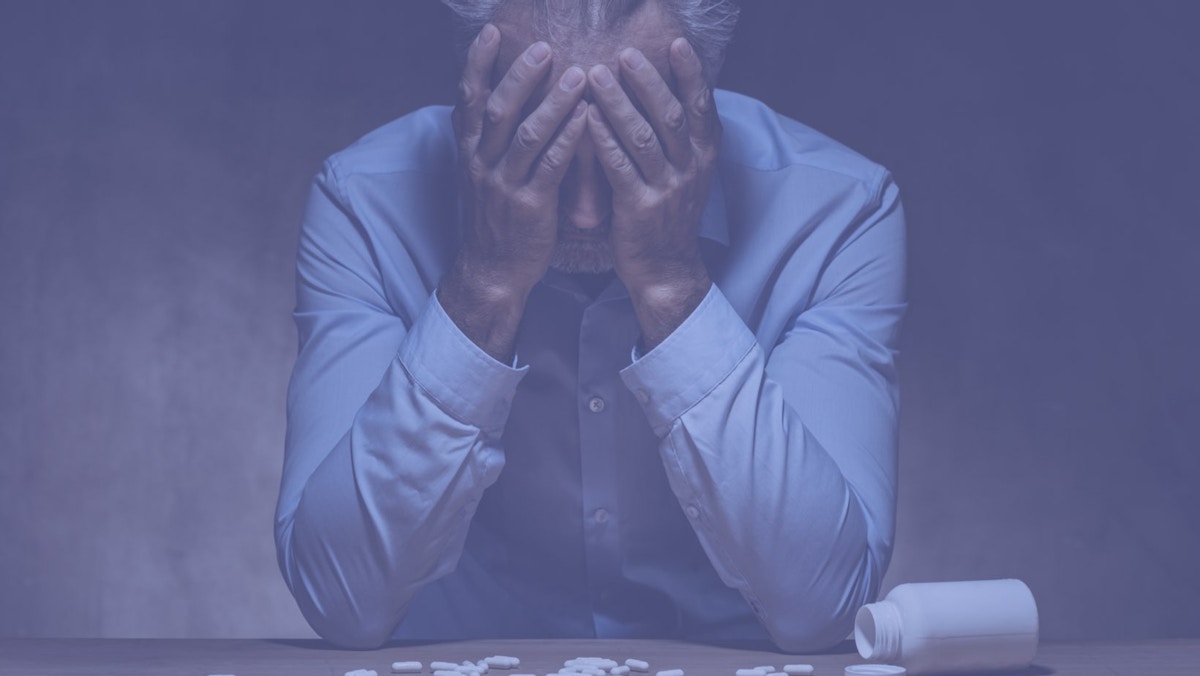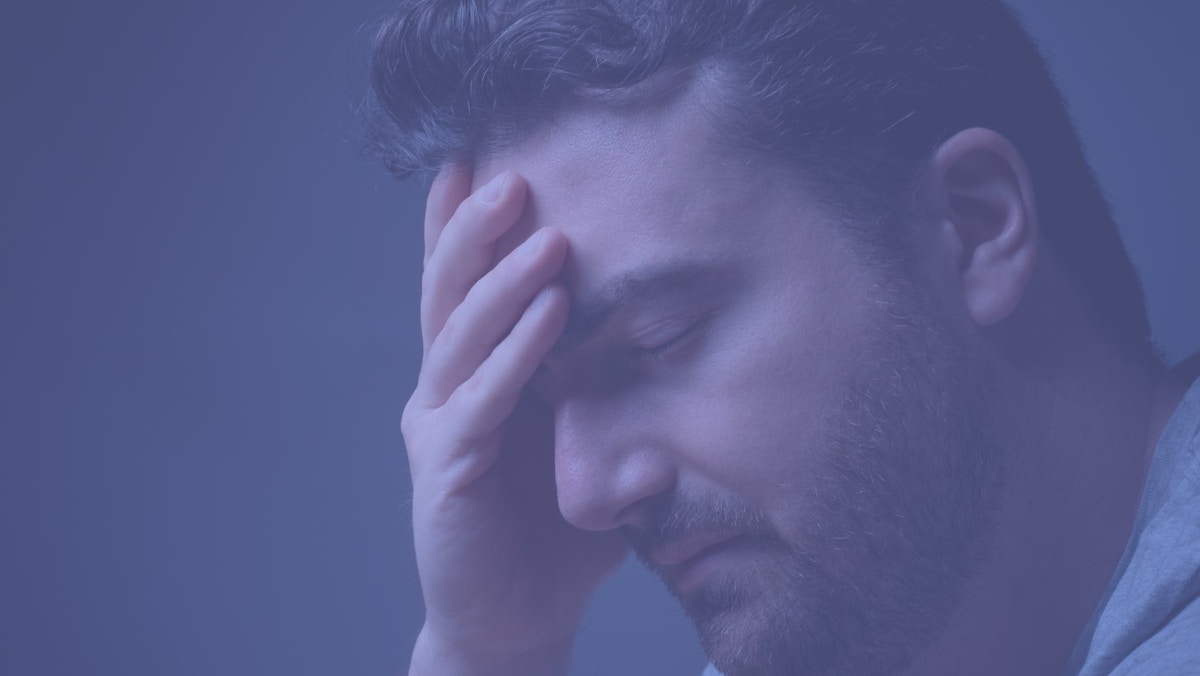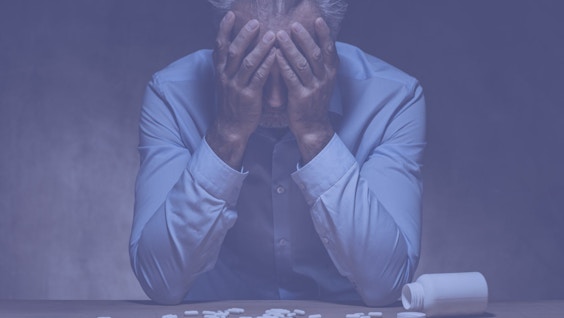I Am Sober is a free app that helps you get some control back in your life.

What Happens When You Mix Xanax and Alcohol?
Last Updated: Fri, January 19, 2024Xanax is the commercial name for alprazolam, a medication used to treat anxiety and panic attacks. It belongs to the benzodiazepine class of anti-anxiety medications. Anxiety-treating properties aside, what happens when you mix Xanax and alcohol?
In this post, we will reveal what happens when you mix Xanax and alcohol. We will also talk about what you should do if Xanax and alcohol put you or your loved one in danger.
What Happens When You Mix Xanax and Alcohol: Xanax and Alcohol Interaction
When Xanax is used with alcohol, the adverse effects of both medications become heightened.
Researchers are unsure why this occurs. However, they think that it happens most likely due to the chemical interactions between Xanax and alcohol in the body.
According to a 2018 study, the addition of ethanol, the major component of alcoholic beverages, can enhance the maximal concentration of alprazolam in the bloodstream.
As a result, both the high or buzz and the adverse effects of Xanax and alcohol become exacerbated. The liver must also work harder because has to break down both the alcohol and Xanax in the body.
What Happens When You Mix Xanax and Alcohol: The Effects
Here are the particular effects of mixing Xanax and alcohol:
Sedation
Sedative effects are shared by Xanax and alcohol. This means that they have the potential to produce weariness, sleepiness, or impairment. Taking either of these can make you tired.
Both drugs also have an effect on your muscles. They can make muscle control, coordination, and balance more difficult to achieve. You may also stumble while walking or speak slurredly.
When Xanax and alcohol are combined, the sedative effects intensify.
Mood and Behavioral Effects
Xanax can also cause a gloomy mood, irritation, and confusion. It may also provoke suicidal thoughts in certain people. However, this is uncommon.
Other uncommon side effects include rage, aggression, and hostility.
Alcohol also has a number of effects on mood. Although it is a depressant, it provides a transient mood lift for certain people. Others may experience undesirable side effects such as melancholy.
In addition, alcohol decreases inhibitions and impairs judgment.
Hence, when Xanax and alcohol are combined, these mood swings and behavioral impacts become more pronounced.
Memory Impairments
Both Xanax and alcohol have been linked to memory loss. When the two chemicals are mixed, the effect is amplified.
Combining these medications raises your chances of experiencing a blackout. In other words, if you combine Xanax and alcohol, you might forget what happened.

Physical Side Effects
Aside from weariness and drowsiness, physical adverse effects of Xanax include headaches, low blood pressure, and vision blurs.
Xanax is also linked to gastrointestinal problems such as nausea, vomiting, and diarrhea.
Too much alcohol can also cause headaches, blurred vision, and stomach difficulties.
Thus, combining the two medications increases your chances of encountering physical negative effects.
Long-Term Effects
Long-term Xanax and alcohol use has been linked to physical and psychological dependence as well.
This means that your body becomes accustomed to both chemicals and requires both in order to function without feeling withdrawal symptoms. In some situations, withdrawal symptoms can include anxiety, agitation, and seizures.
Long-term use of Xanax and alcohol raises the chances of changes in appetite and weight, impaired cognition and memory, reduced sexual drive, depression, liver dysfunction or failure, mood shifts, and certain chronic diseases.
Xanax and Alcohol Overdose
The combination of Xanax and alcohol can result in a fatal overdose.
If you or someone you know is thinking about overdosing on purpose or has suicidal thoughts, call the National Suicide Prevention Hotline in your country.
In addition, if you suspect someone is in imminent danger of suicide because of Xanax and alcohol, contact 911 immediately.
Lethal Dose of Xanax and Alcohol
Prescriptions for Xanax for anxiety and panic disorders range from 1 to 10 mg per day. Doses differ depending on the individual and the type of Xanax used (immediate or extended release).
Even if you've been taking Xanax for a while without incidents, mixing it with alcohol can result in unexpected adverse effects.
A deadly dose is determined by a variety of factors, including:
● The ability of your body to break down (metabolize) both Xanax and alcohol
● Your susceptibility to either Xanax or alcohol
● Your body weight
● Your age
● Other health problems, such as heart, renal, or liver disease
● Whether you used extra medication or other substances
In summary, a fatal amount for one person may not be lethal for another. There is no suggested or safe dosage. But one thing is for sure— combining Xanax with alcohol is always harmful.
Conclusion
The effects of Xanax are amplified by alcohol and vice versa. At any dose, the combination of Xanax and alcohol is dangerous.
If you're taking Xanax, talk to your doctor about your alcohol consumption. They can provide more information on how Xanax and alcohol interact.
If you or your loved one is suffering from the effects of Xanax and alcohol abuse, seek help immediately. The right support system and a sobriety app like I Am Sober can also help prevent horrible things from happening.
I Am Sober is a free app that helps you get some control back in your life.



